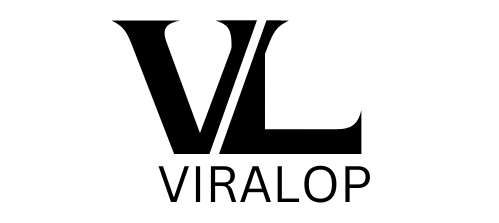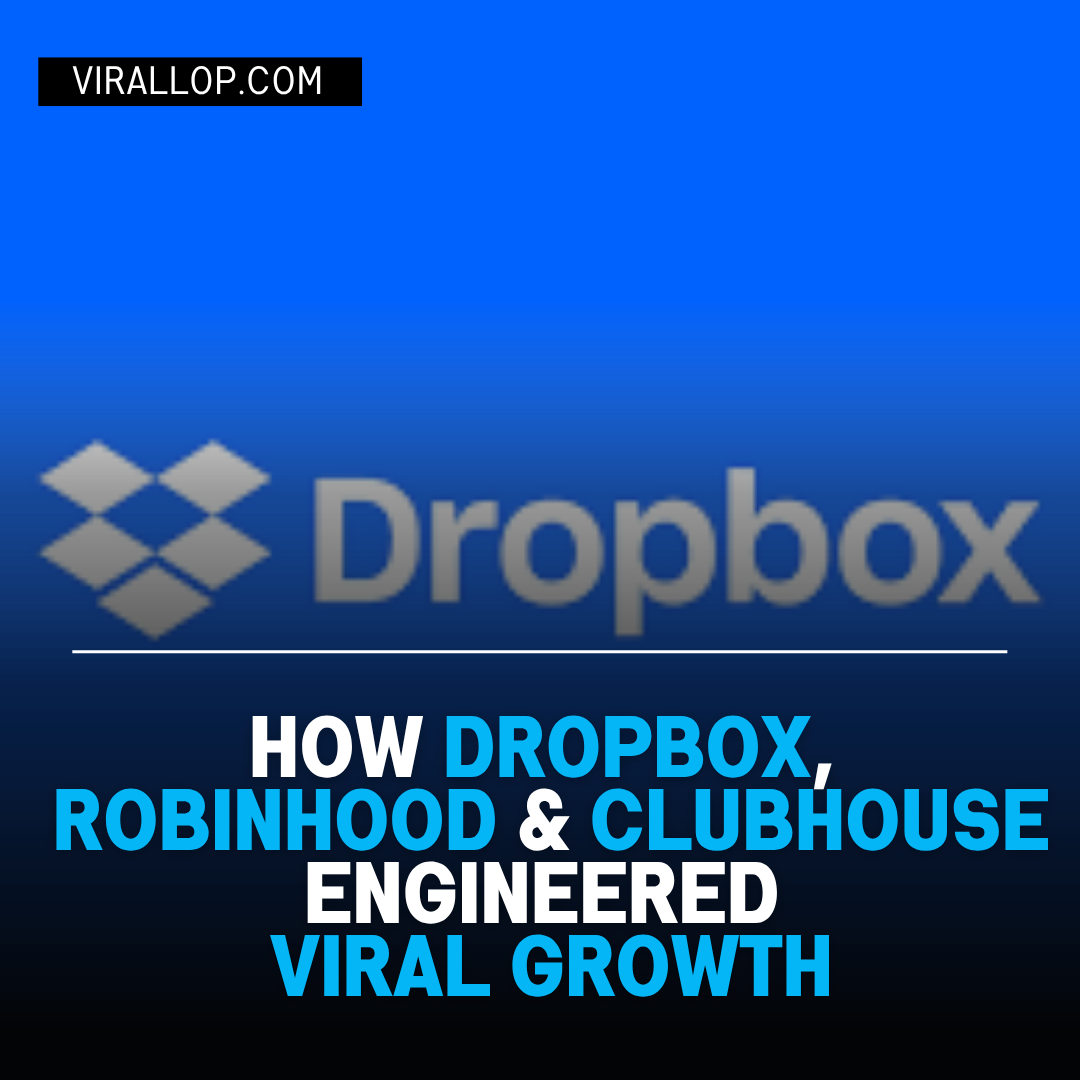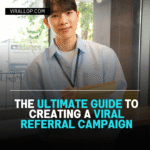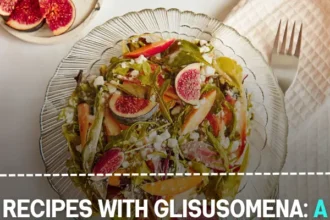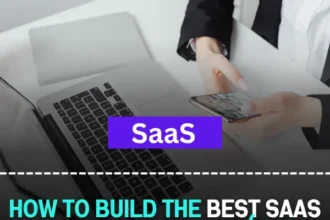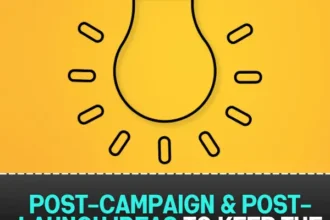Ever wonder how some apps blow up out of nowhere?
You wake up, and suddenly everyone is using Dropbox. Or Clubhouse is all over your Twitter feed. Or Robinhood’s giving away free stocks like it’s candy.
It’s not luck. And it’s definitely not just a “great idea.”
What they did was engineer virality into their product experience.
In this post, we’ll break down how Dropbox, Robinhood, and Clubhouse built viral growth loops into their DNA—and how you can steal their playbooks for your own growth strategy.
Let’s unpack 👇

The Science Behind their Rapid Growth
🗂️ 1. Dropbox – Virality by Design, Not Ads
The Challenge:
Dropbox needed users. But they didn’t want to burn money on ads.
Instead, they asked:
“What if our users could be our best marketers?”
The Strategy: Referral Loop with Real Value
- “Get 500MB for every friend you invite.”
- Your friend gets 500MB too.
- The more people you refer, the more free space you get—up to 16GB.
This wasn’t some “share and maybe win” thing. It was a tangible, immediate reward baked right into the product.
Why It Worked:
- Incentives were aligned (both inviter and invitee win).
- No friction—just enter an email or share a link.
- It triggered a viral loop: Users → Invites → New users → More invites.
Growth Stats:
From 100K users to 4M+ users in 15 months—with almost no paid marketing.
Dropbox’s K-factor (viral coefficient) was >1, which means every user brought in more than one new user. That’s exponential growth.

📈 2. Robinhood – Turning FOMO Into Fuel
The Challenge:
Robinhood wanted to break into a boring, saturated fintech space.
The Strategy: Waitlist Gamification + Free Stock Bribe
- Before launch, Robinhood opened a waitlist with a twist:
- “Invite friends to move up the line.”
- Each referral bumped you up.
- After launch: “Get a free stock when your friend signs up.”
Why It Worked:
- The waitlist created FOMO (fear of missing out).
- Gamifying it made people competitive—they wanted to rise in rank.
- Post-launch, the free stock added real-world value for minimal cost.
Viral Mechanics Used:
- Gamified referral program
- Scarcity loop (limited early access)
- Reward-based virality
Growth Stats:
Robinhood built a 1M+ user waitlist before they even launched.

🎙️ 3. Clubhouse – Scarcity = Status
The Challenge:
Clubhouse entered a market where people were already exhausted with Zoom and live chat.
But instead of going wide, they went exclusive.
The Strategy: Invite-Only Growth
- Clubhouse launched in stealth mode.
- Every new user got just 2 invites.
- The app wasn’t even on Android for months.
It wasn’t open to everyone, and that made it way more desirable.
Why It Worked:
- Scarcity made people desperate to get in.
- Status—being on Clubhouse early was a flex.
- Every user became a gatekeeper, which kept the loop going.
Growth Stats:
- In 10 months: 10M+ downloads.
- Valuation hit $1B—before going mainstream.
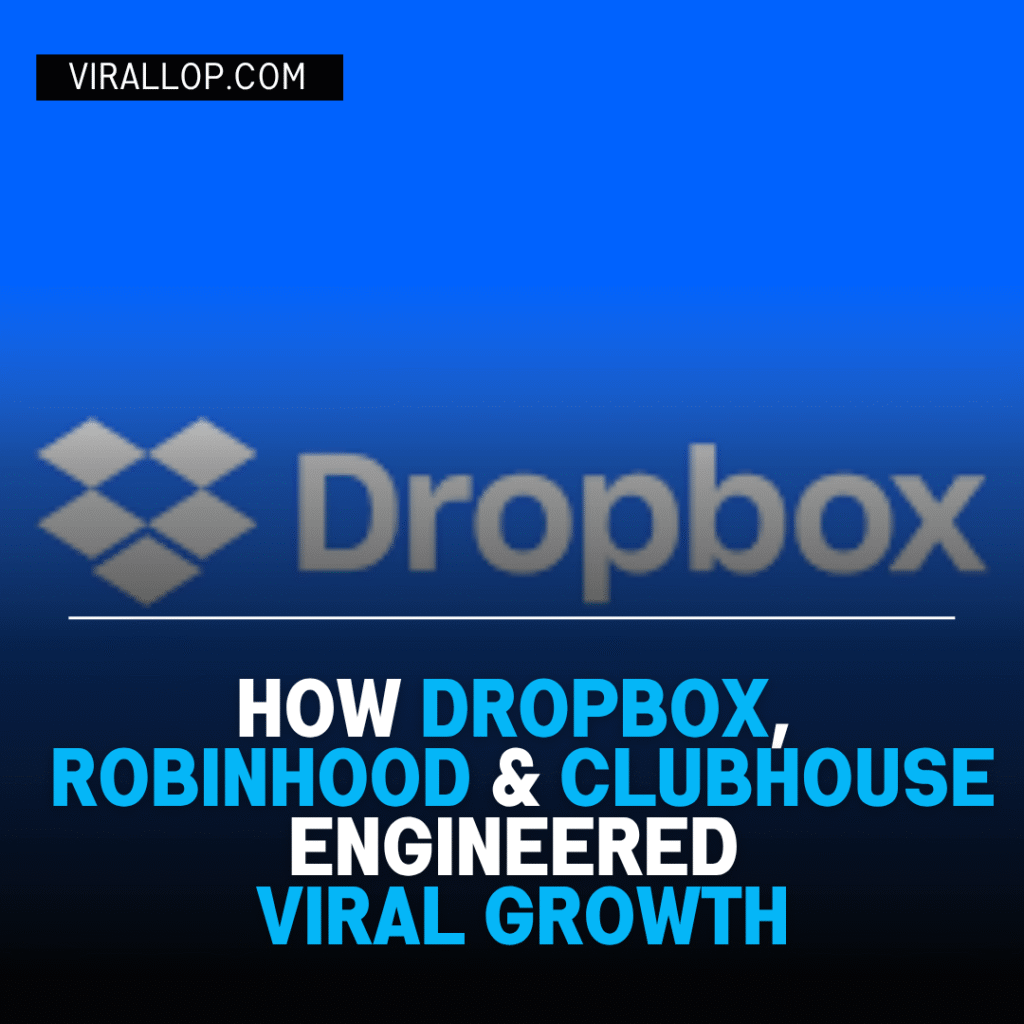
🧠 The Common Thread: They All Built Viral Loops
Here’s what Dropbox, Robinhood, and Clubhouse did right:
| Tactic | What It Did |
|---|---|
| Incentivized Referrals | Made users want to invite friends |
| Scarcity & Exclusivity | Created demand by limiting access |
| Gamification | Turned growth into a fun challenge |
| Low Friction Sharing | Made it stupid-easy to share/invite |
| Real Rewards | Gave people value now, not later |
None of this happened by accident.
They engineered virality into their product and onboarding flows.
🛠️ Want to Steal Their Playbook?
Here’s how to start building your own viral growth engine—even if you’re a solo founder, creator, or marketer.
Step 1: Choose Your Viral Hook
- Bonus content?
- Early access?
- Credit, rewards, or features?
Step 2: Make It Easy to Share
- Referral link
- QR code
- One-click tweet/email
Step 3: Create a Loop
- Track referrals
- Reward users and invitees
- Show progress (e.g., “1 more invite = unlock reward”)
Step 4: Measure Your K-Factor
- If K > 1, you’re growing virally.
- Use tools like Mixpanel, Amplitude, or even Google Analytics to track loops.
🧲 Final Thought: Viral Growth Isn’t Magic—It’s Engineered
Dropbox didn’t go viral because they were lucky.
Robinhood didn’t “hope” people would share.
Clubhouse didn’t ride trends—they created one.
They built loops. Triggers. Emotional drivers.
And they made sharing part of the product experience.
If you want to grow like them, you have to design for virality, not just wish for it.
